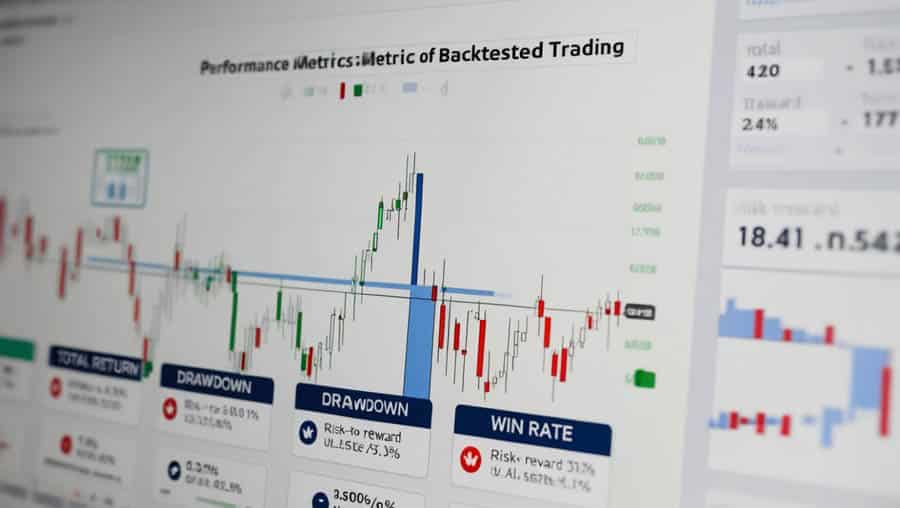In the stock market, arbitrage is the process by which investors seek out and exploit price differences to earn risk-free profits. With the development of high-frequency trading technologies in recent years, the search for arbitrage opportunities has become faster and more efficient. Today, we’ll go over some basic concepts of arbitrage and how high-frequency (tick) data can be used to uncover these opportunities. If you’re not yet familiar with high-frequency data, we recommend reading this article first.
What Is Arbitrage?
Arbitrage is based on the assumption of market inefficiencies and involves profiting by buying an underpriced asset while simultaneously selling an overpriced one. This can occur within different instruments in the same market or across different markets and exchanges. A classic example is George Soros’s arbitrage move just before the British pound exited the European Exchange Rate Mechanism (ERM), demonstrating the power of sophisticated arbitrage strategies.
Sources of Arbitrage Opportunities
The most direct arbitrage opportunities arise from price differences for the same asset across different markets. For instance, due to slight delays in information dissemination between the New York Stock Exchange and the London Stock Exchange, IBM stock may momentarily show slight price discrepancies on the two exchanges. Similarly, stocks that are dual-listed in Hong Kong and the U.S. can exhibit short-lived pricing differences.
Additionally, mergers and acquisitions often present arbitrage opportunities. Take, for example, Vodafone’s acquisition of Mannesmann. Vodafone initially offered €10 billion, but after Mannesmann rejected the offer, Vodafone increased the valuation to €18 billion. At that point, buying Mannesmann stock and waiting for the merger would have presented an arbitrage opportunity. Of course, such opportunities carry risk, as deals can be blocked by regulatory bodies, potentially causing the stock price to fall.
Another example is index futures arbitrage. When the price of an index future diverges from its underlying index’s theoretical value, investors can exploit the difference by buying the undervalued asset and selling the overvalued one. For example, when the S&P 500 index futures significantly diverge from the actual index, many investors take advantage of this arbitrage opportunity.
High-Frequency Data and Arbitrage Strategies
High-frequency data refers to market trading data recorded at very short intervals (e.g., per second or per minute), including prices, volumes, and timestamps. For example, by analyzing high-frequency trading data provided by AllTick, investors can spot price discrepancies in real time and quickly execute arbitrage strategies.
Finding Pricing Errors with High-Frequency Data
Using high-frequency data to identify pricing errors and perform arbitrage is a sophisticated and complex financial strategy. It requires not only rapid data processing capabilities but also a deep understanding of market mechanics. Here are several key steps in how arbitrageurs use high-frequency data to find pricing errors and act on them:
- Real-Time Market Monitoring
First, arbitrageurs use high-frequency trading systems to monitor market data in real time. For example, by analyzing price movements of financial instruments across markets (such as stocks, futures, or options), they can detect even the smallest discrepancies. Here, high-frequency data does more than deliver live updates—it helps uncover potential pricing errors between markets. - Pricing Error Detection Algorithms
Once high-frequency data is collected, arbitrageurs apply complex algorithms to analyze it and identify genuine mispricing opportunities. This often involves statistical models, machine learning, or even AI. These algorithms examine price differences between markets and determine whether the spread exceeds a normal range—thus highlighting potential arbitrage opportunities. For instance, if a stock shows a significant price deviation between the NYSE and LSE, the algorithm will flag it as a pricing error. - Arbitrage Strategies Based on Pricing Errors
After detecting pricing errors, arbitrage strategies are built around them. Typically, this involves buying the asset in the lower-priced market while simultaneously selling it in the higher-priced one. This requires the ability to execute trades across multiple markets within extremely short timeframes. Here, the role of high-frequency trading technology is critical, as pricing errors may exist for only a fraction of a second. - Dynamic Adjustment and Risk Management
Successful arbitrage isn’t just about identifying pricing errors—it also depends on the ability to dynamically adjust strategies and manage risk effectively. This means continuously monitoring changing market conditions such as volatility, liquidity, and financial news, and adjusting strategies accordingly. It’s also vital to set proper stop-loss thresholds to prevent major losses from sudden market shifts.
AllTick: Professional High-Frequency Data Provider (Free Trial)
Arbitrage based on high-frequency data—especially those built on pricing errors—is a highly specialized trading strategy. It demands advanced technical tools and algorithms, as well as deep market insight and intuition. By monitoring real-time high-frequency data, identifying pricing errors with precision algorithms, and executing arbitrage trades rapidly and accurately—while maintaining strict risk control—arbitrageurs can profit from fleeting market inefficiencies.
As a professional high-frequency data provider, AllTick has been serving top-tier institutions, quantitative developers, and exchanges for years with expert, high-efficiency tick data. We offer complete API documentation and a free trial. Click here to register for a free account.






